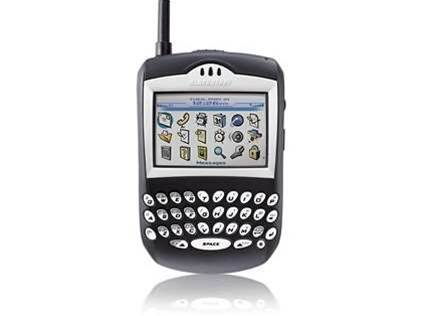Version 5.0 of Blackberry Enterprise server, said RIM's founder and CEO Mike Lazaridis, is "designed for the next level of growth" - for customers with tens to hundreds of thousands of users that see the Blackberry as a "mission critical" service.

"We have customers that are close to one hundred thousand users," he told iTnews.
"When you have hundreds of thousands of users, they are not all on one server. You're going to have lots of users per server.
"If you need to perform maintenance, or if there is a server problem and you need to swap out a hard drive or replace a power supply or re-cable something, you can now have extra Blackberry servers to take the load from that server while you fix it.
"You can provide maintenance without affecting the users."
The failover server "will take over seamlessly," he said.
RIM's definition of 'seamless' is still subject to some physical limitations, however.
In a practical scenario, an administrator would notice that the production Blackberry Enterprise Server (BES) is performing poorly or in need of maintenance.
The administrator can then load up a separate server to run in parallel with the production system to enable the failover.
"The standby system will have all the start-up tasks, like initialising mailboxes, already done," said RIM's vice president and BES platform manager Alan Panezic. "It is not instantaneous, but fairly fast. Users shouldn't notice much of a difference - it's in the order of minutes."
Another alternative would be for administrators to deploy BES in a virtual machine, which can subsequently be failed over to another virtual machine.
But Panezic said RIM is still "in the process of certifying for VMware's ESX server" and has not invested in enabling BES to work with virtualised storage.
Stay tuned for iTnews' in-depth interview with RIM founder Mike Lazaradis.


_(20).jpg&h=140&w=231&c=1&s=0)
_(22).jpg&h=140&w=231&c=1&s=0)







 iTnews Executive Retreat - Security Leaders Edition
iTnews Executive Retreat - Security Leaders Edition











_(1).jpg&h=140&w=231&c=1&s=0)



